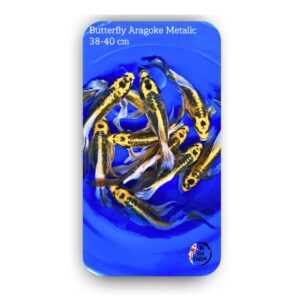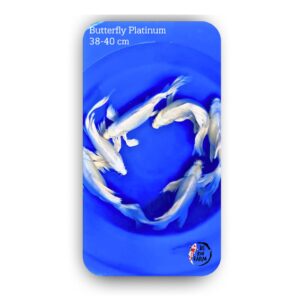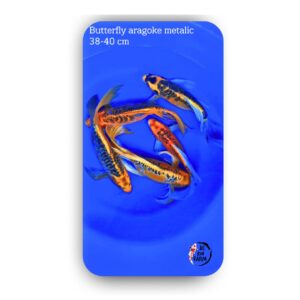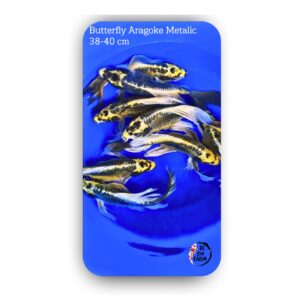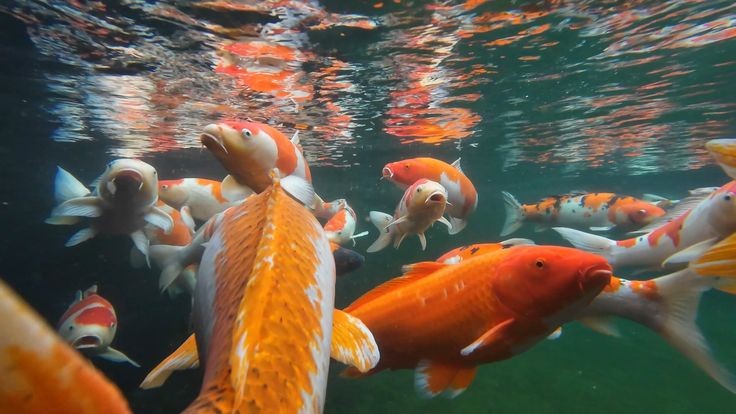
What is the CEVD Virus?
Carp edema virus is a large double-stranded DNA virus that is thought to belong to the poxvirus family (family Poxviridae). Koi fish edema virus disease cannot be confused with another disease called “chicken pox”, which is caused by a herpes virus (Cyprinid herpesvirus 1) which causes wart-like growths on the skin in varieties of goldfish and koi.
Although CEVD has not been grown in the laboratory by cell culture, poxvirus-like particles have been visualized in infected gill epithelial cells by transmission electron microscopy.
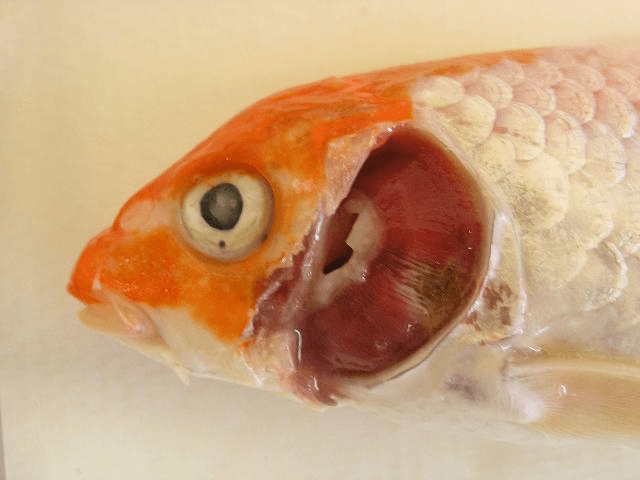
Koi with CEVD experience anorexia (loss of appetite), severe necrosis (cell death) of gill tissue, and sunken eyes.
Signs of Sleeping Koi Fish Disease – CEVDAs the name “sleeping koi fish disease” suggests, goldfish and koi infected with CEVD/KSD exhibit behavioral abnormalities including unresponsiveness and lethargy, with the fish often lying motionless on their sides or stomachs at the bottom of the tank for long periods of time unless disturbed.
If these “sleeping” goldfish or koi are disturbed, they may swim for a short time, but soon return to a dormant state at the bottom of the tank.
In CEVD, weak young fish may swim slowly and aimlessly along the edge of the pond/tank or hang motionless below the water surface.
However, it should be noted that one of the authors (personal observation A. Goodwin) has observed a similar “sleepy” presentation in fish due to sudden (acute) inflation of the swim bladder after harvest or stressful handling.

Transmission electron photomicrograph of koi gill epithelial cells containing spheroidal CEV particles indicated by arrows.
Infected fish will refuse to eat, which further weakens their physical condition. Diseased koi may have extensive erosion or bleeding of the skin with edema (swelling) of the underlying tissue.
Other external signs of infection include sunken eyes (enophthalmos) and pale swollen gills. Similar external signs (i.e., sunken eyes and gill lesions) can also be observed with another important viral disease of goldfish known as koi herpes virus disease (KHV) caused by Cyprinid herpesvirus 3.
No visible signs of internal disease have been reported with CEVD. The disease is usually observed at water temperatures between 15-25°C (59-77°F) in koi, and at 6-10°C (43-50°F) in common goldfish and can kill up to 75-100%. Juvenile koi during an outbreak.
International trade in koi has likely led to the global spread of CEVD with outbreaks documented in imported koi in North America and Europe.
In the United States, CEVD – sleeping koi have been associated with outbreaks in imported and domestic koi in the following states: California (in 1996 and 2010), Washington (2005), North Carolina (2005), Georgia (2005 and 2010), and Florida (2014 and 2015).
Carp edema virus has been widely detected throughout Europe in koi from at least Austria, the Czech Republic, France, Germany, the Netherlands and the United Kingdom.
The virus was recently detected for the first time in the Southern Hemisphere on a koi farm in Brazil (Viadanna et al. 2015). Carp edema virus has been detected in common carp in Austria, the Czech Republic, Italy, Poland, the Netherlands and the United Kingdom.
